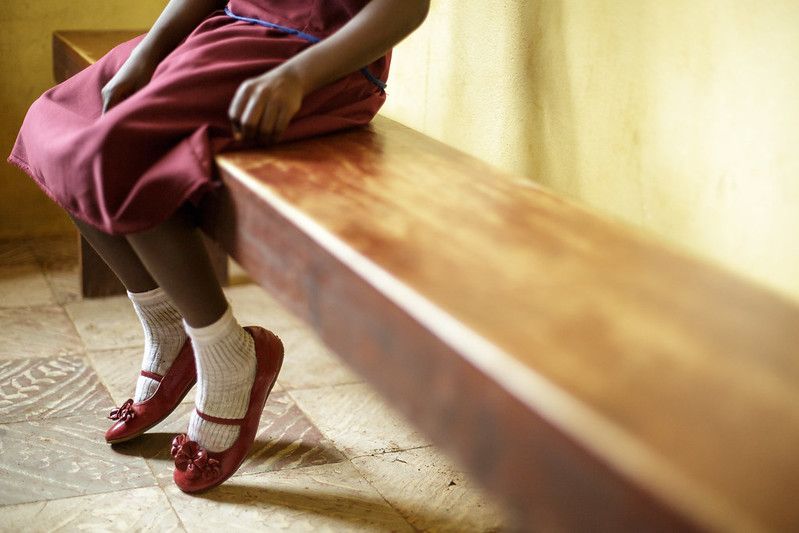Want to create interactive content? It’s easy in Genially!
Get started free
PT7P3C1_EN: Violence against children
StreetSmart
Created on January 25, 2023
Over 30 million people create interactive content in Genially
Check out what others have designed:














